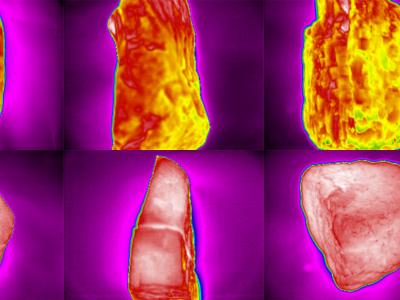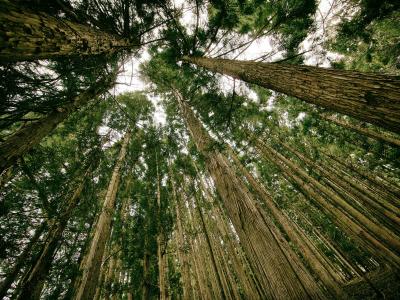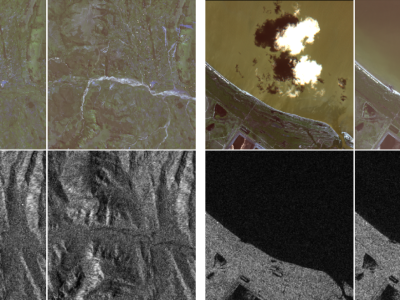
The increased exposure of insects to radio frequency electromagnetic fields (RF-EMFs) may have an impact on their health. The RF-EMF absorbed power in certain insects is considerably higher in the range of 6-300 GHz, due to more comparable wavelengths to their size. Likewise, in this range, the near-field interactions between antennas' and certain insects can significantly affect antennas' performance.
- Categories:





